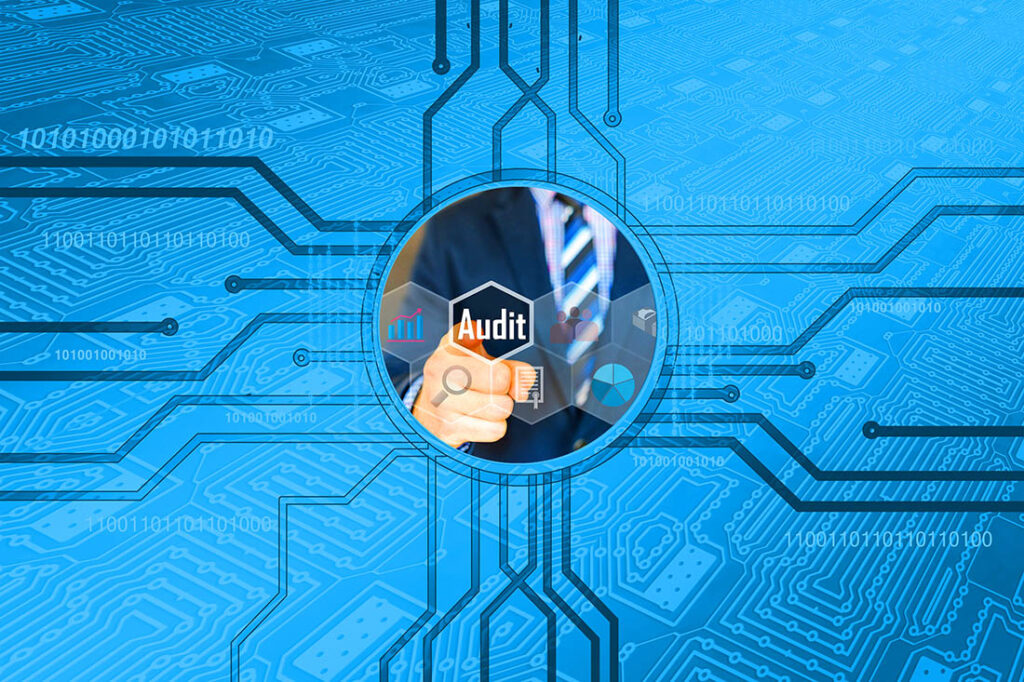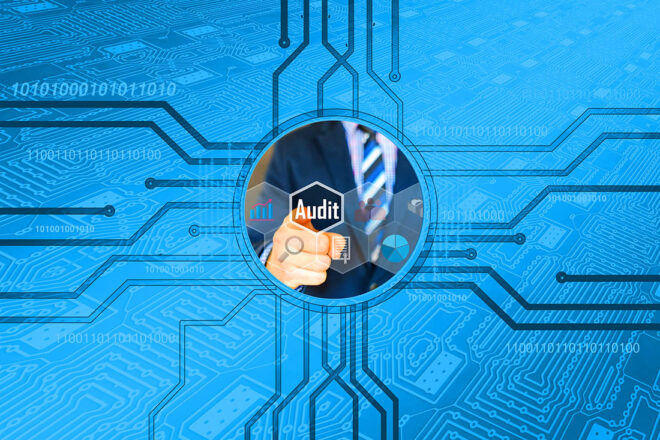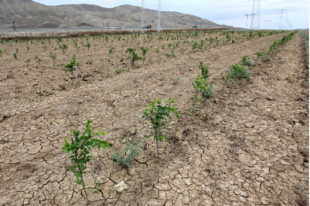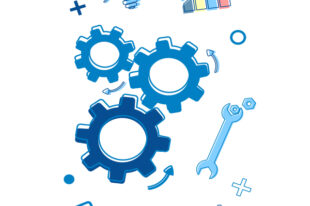
by Ramu Prasad Dotel, Deputy Auditor General, Office of the Auditor General, Nepal
Background
The technological revolution has transformed and disrupted our lives in an incredible manner, and with ever-increasing volumes of data and related oversight processes, public audit dynamics also require substantial change.
Endorsed at the XXIII International Organization of Supreme Audit Institutions (INTOSAI) Congress, the Moscow Declaration encourages Supreme Audit Institutions (SAIs) to nurture the auditors of the future, who can employ data analytics, Artificial Intelligence (AI) tools and advanced qualitative methods; enhance innovation; and act as strategic players, knowledge exchangers and foresight producers.
AI Defined
The Organization for Economic Co-Operation and Development defines AI as a machine-based system that, given a set of human-defined objectives, can make predictions, recommendations or decisions that influence real or virtual environment
AI systems, designed to operate at varying levels of autonomy, involve inputting large quantities of data relevant to a particular task and building a set of rules helping the machine learn from that data to determine how to efficiently perform the task. The core AI system philosophy: use algorithms to identify underlying patterns generally hidden from plain sight.
Such actions mimic the human brain, which entails some degree of thinking, analyzing, reasoning and discretion. When such actions are performed by a machine or computer, they are said to be artificially intelligent. Examples include speech and facial recognition technology, human-acting robots and driverless cars.
Artificial Intelligence Use In Public Audit
AI can ease the auditing process, as it helps perform many time-consuming tasks more efficiently. A conceptual pathway to faceless or remote auditing, SAI Nepal is currently planning to implement AI tools to assist in audit work, including:
Robotic Process Automation (RPA). Many iterative auditing tasks can be performed more efficiently using RPA. After data from audited entities are uploaded into a SAI’s system, RPA can identify inconsistencies and outliers that human auditors can then address.
For example, tax withholdings are deducted on payments at a prescribed rate. If such payments are conducted without these prescribed tax deductions, RPA communicates such information, allowing human auditors to investigate further.
The power of robotic technologies can also be harnessed to factor in multiple variables and can be programmed to provide alerts to varying stakeholders.
Search Optimization Tools. Risk assessment is a core auditing activity, and SAI Nepal allocates audit resources based on the degree of risk.
AI algorithms can be used to classify and cluster entities while an AI-designed risk engine can calculate a score on the increasing nature of risk. The risk engine can be programmed to consider various criteria, such as materiality, transaction volume and class, sensitivity and complexity and categorize audited entities, which aids in resource allocation.
Moreover, AI helps eliminate inherent limitations of audit sampling by using various control points to analyze transactions and categorize them as high, medium or low risk.
Using AI algorithms to map control points allows for single click reviews, and high-risk transactions can be quickly searched and can provide alerts to auditors.
Similarly, search optimization tools are equally helpful in identifying high-value procurements and geospatial analyses. Search optimization is also effective in revenue audits, as AI can quickly identify tax return delinquencies and anomalies, such as returns showing frequent losses, negative gross and net profit ratios, and different tariff rates applied to similar goods.
Artificial Neural Network. Artificial neural networks recognize and memorize data or transaction patterns, and SAI Nepal is preparing a predictive model based on issues or observations identified in previous audits, such as cost and time overruns, Procurement Act discrepancies, tax miscalculations, unauthorized government grant disbursements, and unusual expenditures, to detect similar cases.
In this context, SAI Nepal will use optical character recognition to automate the extraction of certain fixed field-based information from documents in various formats and will employ algorithms that reconcile revenue collection data to assist in drawing audit conclusions.
Information Extraction and Data Mining. AI can be used to collect, cluster, extract and analyze government revenues and expenditures stored in various systems. Algorithms can also corroborate import-export data from integrated systems to quickly identify anomalies.
For example, SAI Nepal can use AI to seek and compare producer-published catalog prices of goods with government procurement prices. Likewise, a company’s sales information can be investigated by applying data mining techniques on social media or related websites.
Natural Language Processing. These algorithms can automatize audit observation classifications based on historical data to learn criteria and apply similar rules for task automation.
Natural language understanding allows data to be reviewed and automatically generates questionnaires to be sent to audited entities if noticeable gaps appear.
For example, if a system identifies a substantial increase in taxpayer overhead, wages, sales and distribution expenses compared to the previous year, it can automatically generate questions regarding reasons and evidence for such conditions.
Similarly, if an entity does not comply with procurement rules throughout the year, natural language processing can raise questions and request clarification from audited entities.
Conclusion
Enhancing public trust in governmental budgeting, financial management and reporting and ensuring SAI mandates and resources promote accountability and transparency remain paramount.
AI significantly helps perform oversight work using available resources to produce high-quality results. Through a variety of analyses, AI tools identify patterns and exceptions for further investigation by human auditors and increase remote auditing possibilities.
Fully utilizing AI is only possible if audited entities are automated and provide online information access. Additionally, AI cannot replace humans and the professional skepticism of auditors.
While AI systems can indicate risk, human auditors are needed to further investigate actual conditions, causes and effects. It is imperative AI be employed as an assistive technology to augment the audit process and equally important that SAIs cultivate skilled manpower to harness AI technology.
INTOSAI’s call to use AI is both encouraging and appropriate, and SAIs must prepare to meet the challenges of a disrupted audit landscape.





